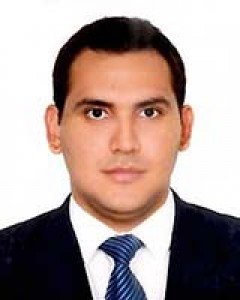Now published, see the full article 
Early Abstract:
Background: The adoption of adequate oral hygiene practices is important for the maintenance of a good oral health on the children population. Rural-urban differences on the achievement of this important issue in Peru remains unknown.
Objective: To assess rural-urban differences in the proportion of adequate oral hygiene practices in Peruvian children under twelve years of age, as well as its associated sociodemographic factors.
Methods: Cross-sectional study of the 2018 Peruvian Demographic and Family Health Survey. Data from 41330 children aged 1 to 11 years and their caregivers with complete information on oral hygiene practices were included in the study. Crude (PR) and adjusted (aPR) prevalence ratios and 95% confidence intervals were estimated as measures of association between the dependent variable adequate oral hygiene practices (built considering whether the child aged 1 to 11 washed his or her teeth every day with a frequency of two or more times a day and whether he showed the brush he or she uses individually with a time of use less than three months) and sociodemographic variables.
Results: The prevalence of adequate oral hygiene practices was 38.3% in the rural area and 57.3% in the urban area. The greatest rural urban disparities on adequate oral hygiene practices were observed in the age group of 6 to 11 years (43.4% vs. 64.1%), those who reached the level of education without level/initial (28.1% vs. 47.3%) or primary (36.8% vs. 53.0%), those who used dental services in the last six months (46.4% vs. 64.4%) and those belonging to the highlands (31.5% vs. 48.2%). All independent variables were significantly associated with adequate oral hygiene practices in the rural area, except for the categories jungle region and the richest wealth index.
Conclusions: Four out of ten Peruvian children living in rural areas, performs adequate oral hygiene practices compared to six out of ten children in urban areas. Furthermore, there are inequalities in the adoption of oral hygiene practices that favor urban children according to sociodemographic factors It is urgent to strengthen oral health promotion strategies in order to decrease inequalities in the adoption of adequate oral hygiene in children living in rural areas of Peru and countries with similar socio-demographic characteristics.


